What does soundstage mean? 8 headphone jargon terms explained
Wonder no longer about what all those terms we use in our reviews mean
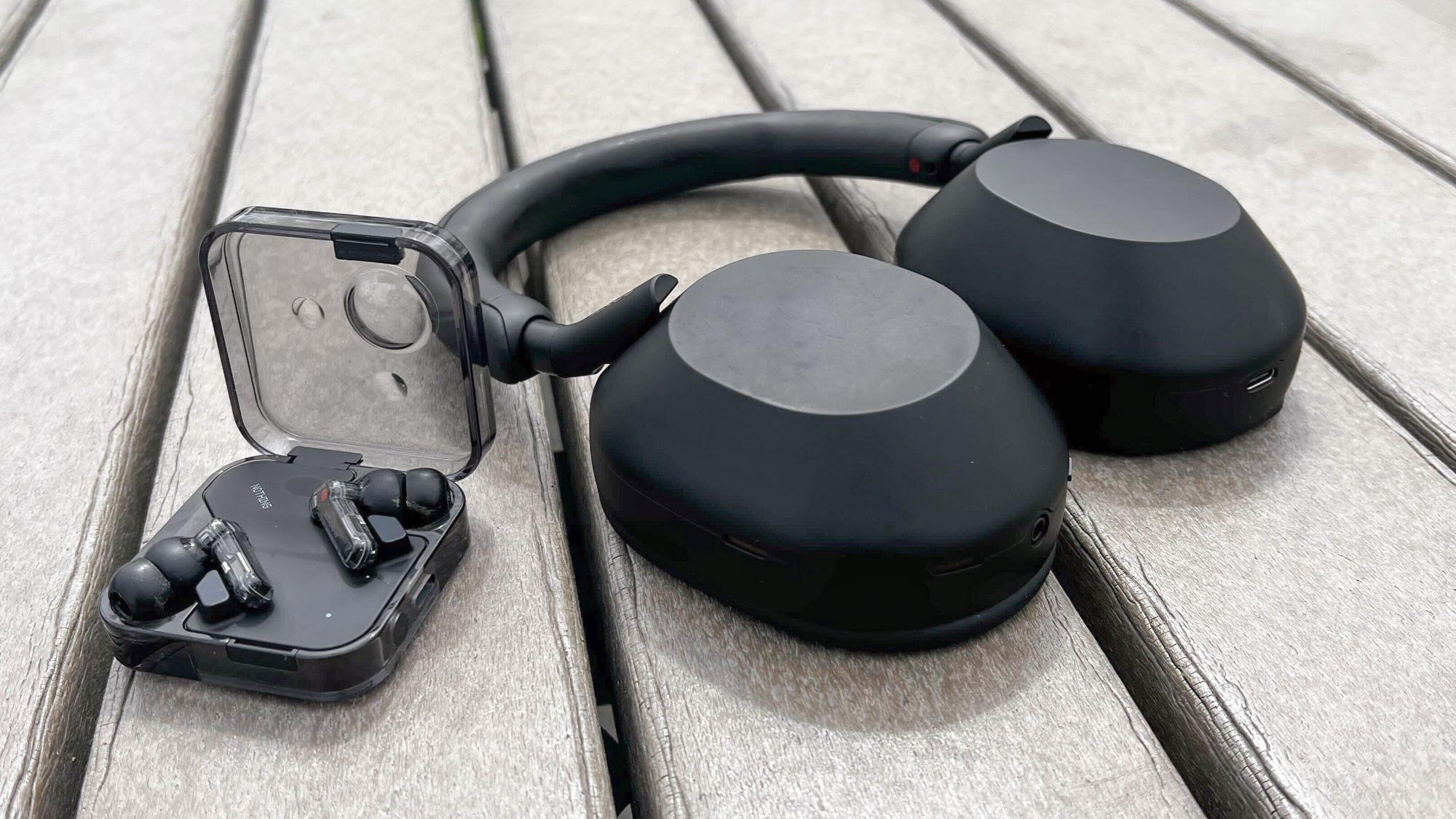
If you've spent any amount of time reading a review of an audio product on Tom's Guide (or any site, for that matter), you've likely come across some confusing language that might not make sense.
There's a lot of jargon that we audio reviewers use when we test out headphones, earbuds and speakers, and it's often easy to forget that not everyone knows exactly what we're talking about.
So I've broken down some of our most commonly used terms so that you can make more sense out of what we're saying in our detailed reviews. So let's go!
Soundstage
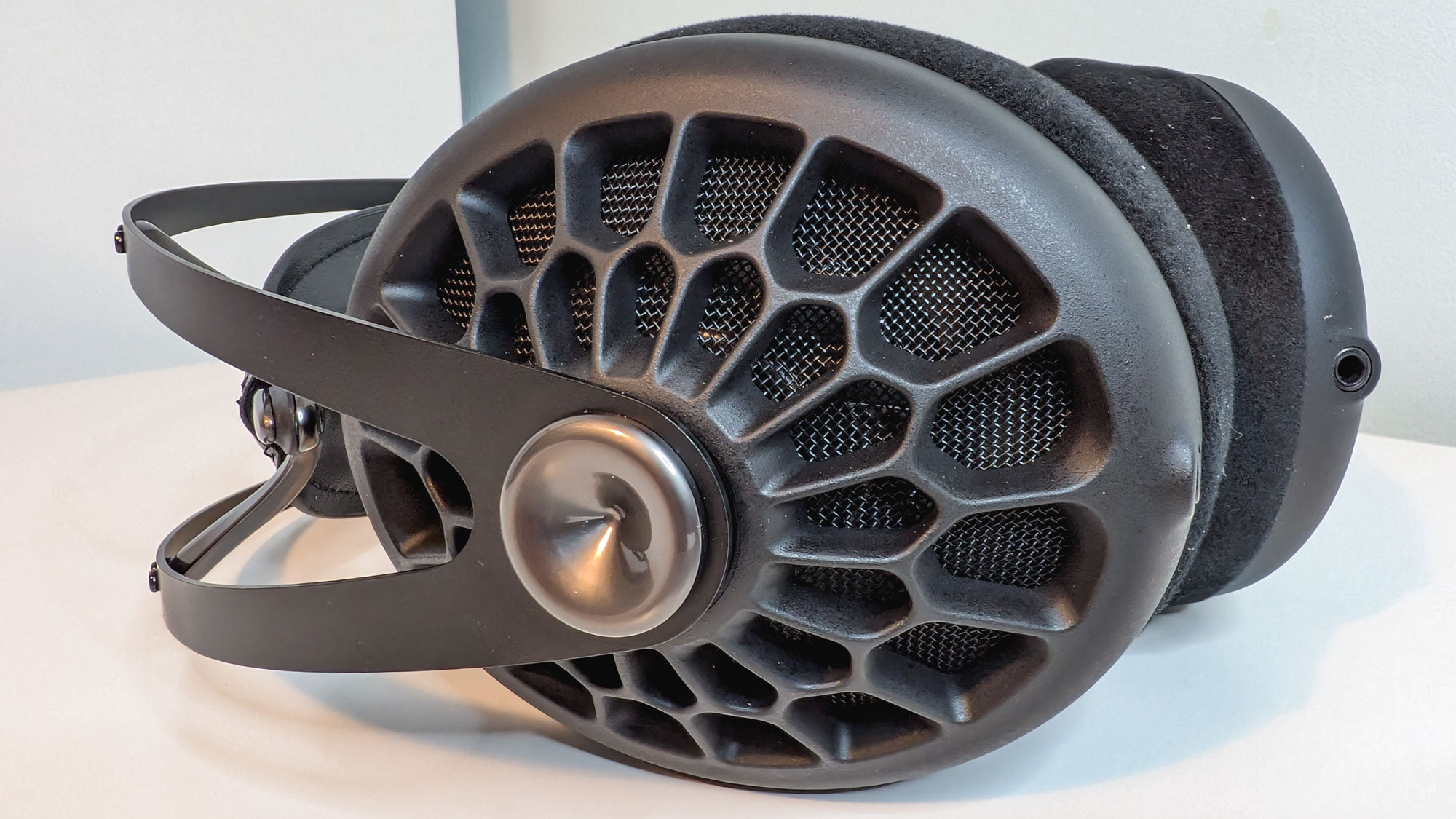
Soundstage is actually a really easy one. It's essentially how 'wide' your music is. You've got to imagine that the musicians in your tracks are playing on a stage, and that the headphones or the speakers dictate the width of that stage.
A restricted soundstage makes everything feel too close together, and mashes together the band members. This is generally less preferable to a wider soundstage, which gives the instrumentalists more room to breathe.
So whenever you read soundstage, just imagine that there's a stage in front of you.
Spatial imaging
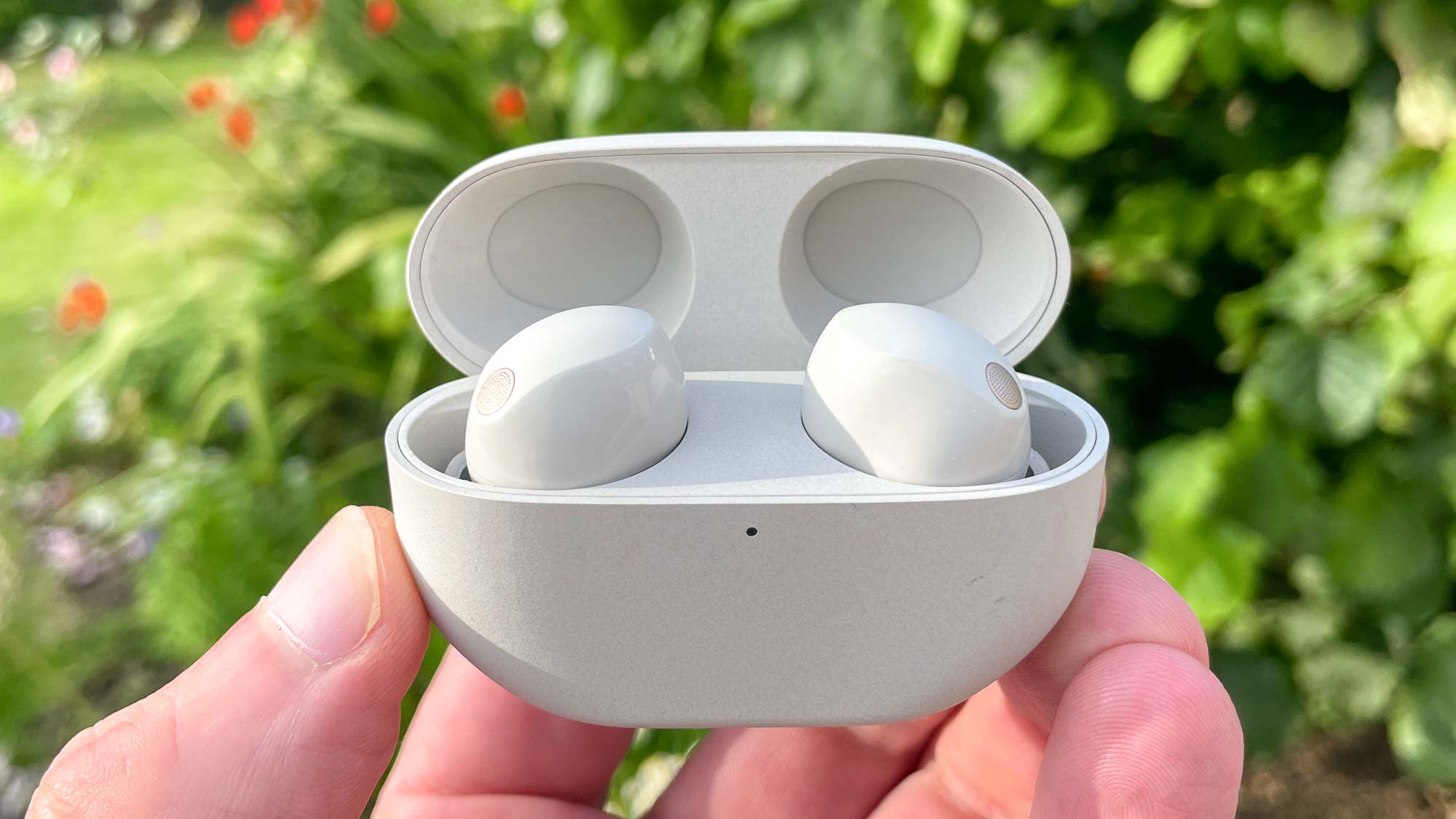
No, it's not Spatial Audio (which we'll get to later). Spatial imaging is about the 'soundscape' that your headphones create. While soundstage is about the width of the music you're listening to, spatial imaging is all about placing the instruments in the right place on that stage.
Get instant access to breaking news, the hottest reviews, great deals and helpful tips.
Headphones and earbuds with good spatial imaging will let you point out different instruments in the soundstage. You can hear that the guitar might be to the right of the stage, or the keyboard in the center. It's a great way of seperating ok headphones from good models.
Headphones with spatial imaging that isn't as good make it harder to point out the location of the band members, making for less immersive music.
Instrument seperation
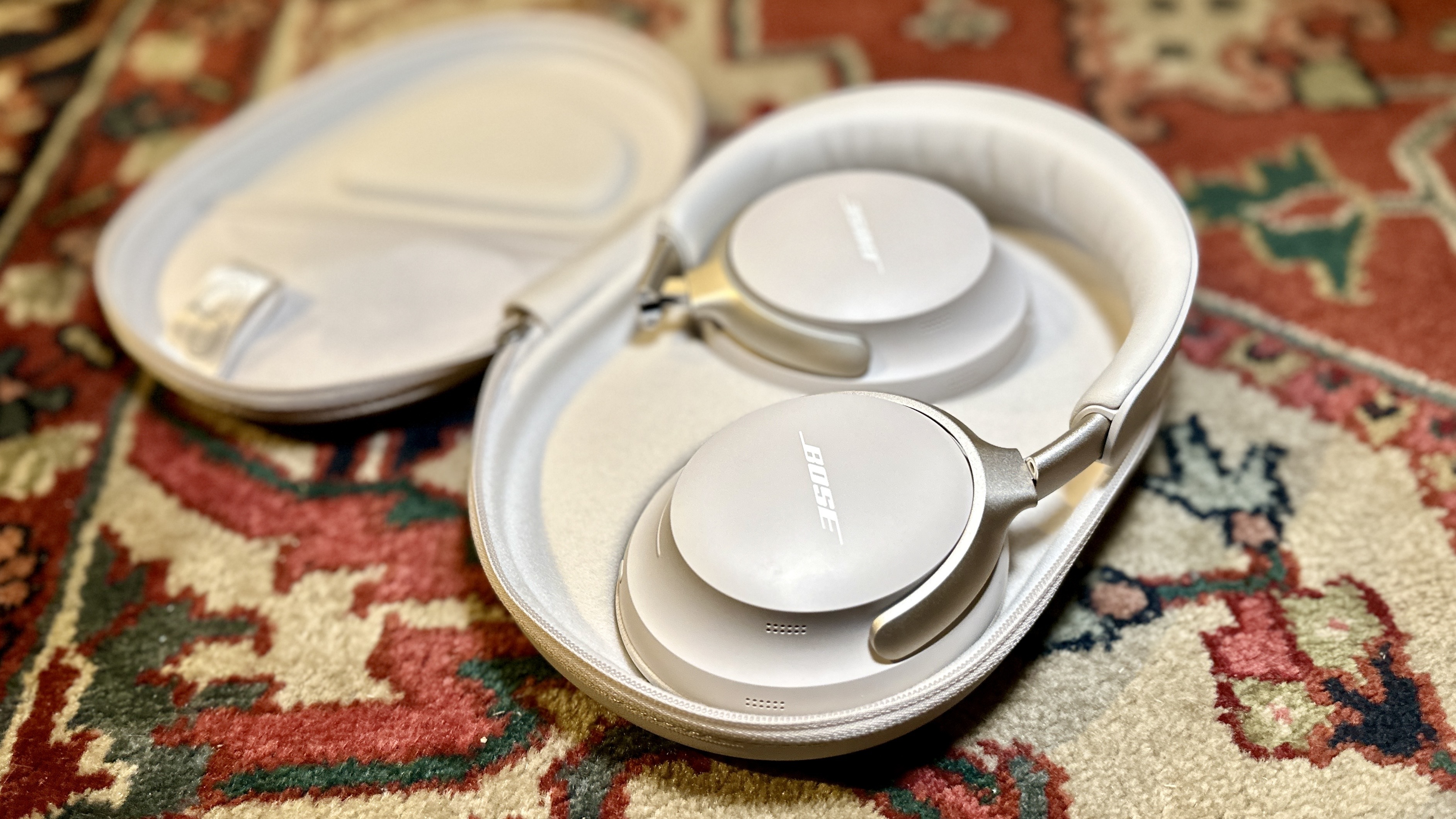
So we've seen that soundstage and spatial imaging are two terms which describe the way that your music sounds — so what about instrument separation? This one is fairly self-explanatory. It's making sure that you can pick out the various instruments with accuracy within your tracks.
Some headphones might make it less obvious that there are two guitars, mixing the two together into something that doesn't necessarily sound bad, but doesn't give you all the information you want when you're listening.
Good instrument separation allows you to really tell the different instruments apart in a piece of music. This is particularly noticeable when you're listening to classical music, when you can pick apart the different sections and find the different musicians.
Spatial Audio/Dolby Atmos
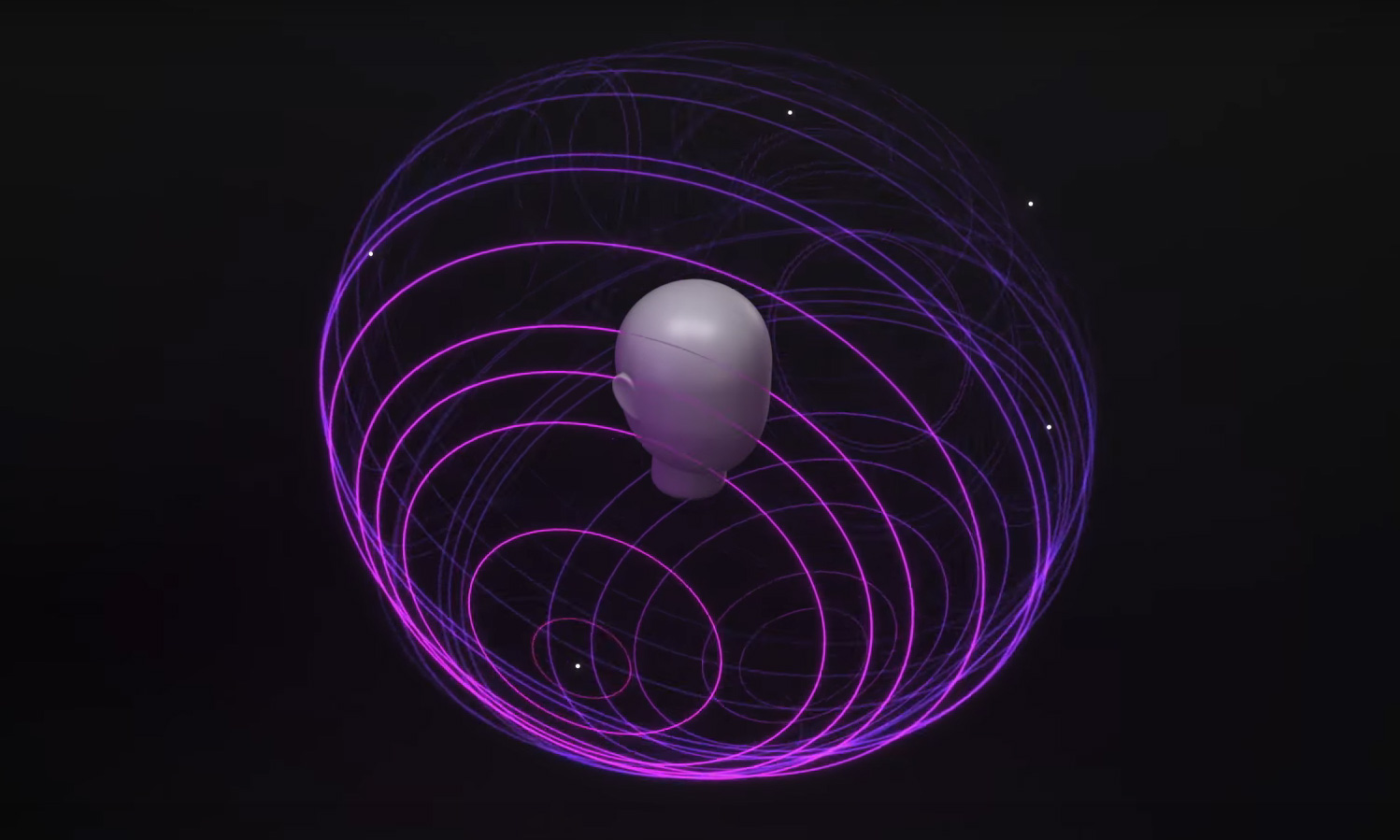
You'll have heard as much about Spatial Audio and Dolby Atmos in regards to movies as you will have about music. It's a form of surround sound, which makes the audio come from all around you. That means that a car would rush by your left side, and speakers would play the sound physically in your space.
Spatial Audio and Dolby Atmos are an extension of this, only sound can now come from above. This can be used for both music and movies. Apple Music uses both terms interchangeably, but it's best to think of Dolby Atmos as a form of spatial audio as opposed to the other way around.
If you're interested in how Dolby Atmos works, make sure you check our about page. Spatial audio is designed to make the sound like it's coming from all around you, but watch to see how we describe its performance. If it 'thins out' the music, it means that it doesn't sound very good. A 'full sounding' performance, on the other hand, retains the quality of the music.
Frequency, and all the words we use to describe the music
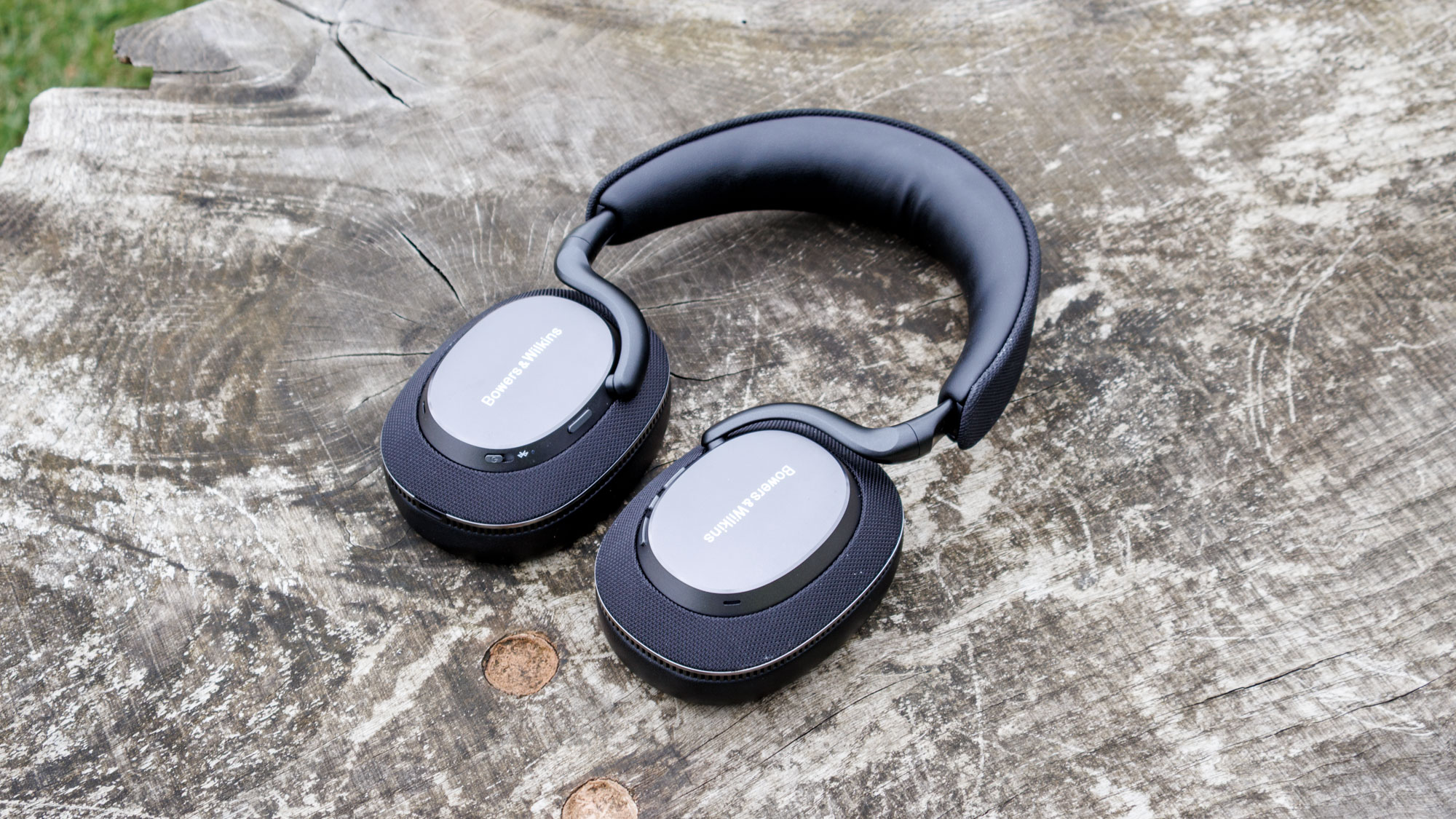
The sound of your music is made up of vibrations — these are the frequencies. Different frequencies make up the different parts of your music. Higher frequencies make up the stuff that lives at the top of your music; think cymbals and sopranos. Then you'll hear us talk about mid-range frequencies, which is where a lot of music lives. That's guitars, tenors, and so on.
Then there are the low-range frequencies. That's where the bass lives, like low synths, kick drums, and bass guitars. (Sounds do go lower than that, and that's where subwoofers for soundbars come in. These are the sounds that make your room/skull/sofa vibrate and shake.)
Reviewers use these to split sound quality — good mids don't mean there are good lows, and vice versa.
Then there are all the other words we might use to explain sound quality. Here are just a few:
- Detail
When we talk about detail, we're talking about the finer parts of the track. Do the cymbals of the drums sound like they would in real life, or do they sound like they're being played through a pillow? - Bass response
This is how much low-end the headphones, earbuds or speakers can produce. You don't want too much, however, as it can overwhelm the rest of the music. - Clarity
Some might call this resolution, and I sometimes do as well. It's all about how good the different parts of a track work. Vocal clarity is how easily discernible and natural the vocals sound — clear vocals are vocals that sound like they're next to you. We're also listening for finer details, like fingers on guitar fretboards and shuffling in orchestral arrangements. - Floppy/tight bass
This is something you'll hear us talking about a lot. Bass should be 'tight' — although it's a tricky thing to quantify. You might also hear this called 'control.' Floppy bass feels and sounds unruly — when listening, you might notice that it gets in the way of other parts of the music, or sounds, literally, wobbly. Controlled or tight bass sounds just that. It doesn't get in the way of the rest of the music, and it doesn't get too loud.
Any questions?
These are just some of the terms that we use to talk about music and movies when testing headphones, earbuds and speakers. Are there any other terms that you might be confused about? Let me know! I can talk you through all the annoying jargon that experts like to use.
More from Tom's Guide
- I tested out Sonos' new features, but one surprised me more than the others
- Nintendo Switch 2 restocks — live updates and Best Buy drop confirmed
- Induction cooking is easier than you think: Experts share their 7 top tips for success

Tammy and her generous collection of headphones have found a new home — Tom's Guide! After a two-and-a-half-year stint as iMore's resident audiophile, Tammy's reviews and buying guide expertise have more focus than ever on Tom's Guide, helping buyers find the audio gear that works best for them. Tammy has worked with some of the most desirable audio brands on the planet in her time writing about headphones, speakers, and more, bringing a consumer focussed approach to critique and buying advice. Away from her desk, you'll probably find her in the countryside writing (extremely bad) poetry, or putting her screenwriting Masters to good use creating screenplays that'll never see the light of day.
You must confirm your public display name before commenting
Please logout and then login again, you will then be prompted to enter your display name.
